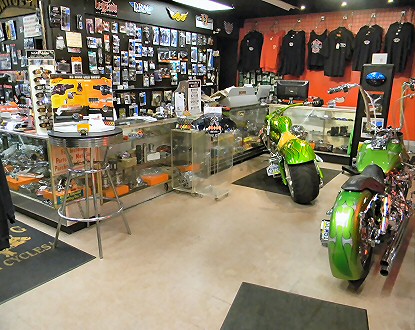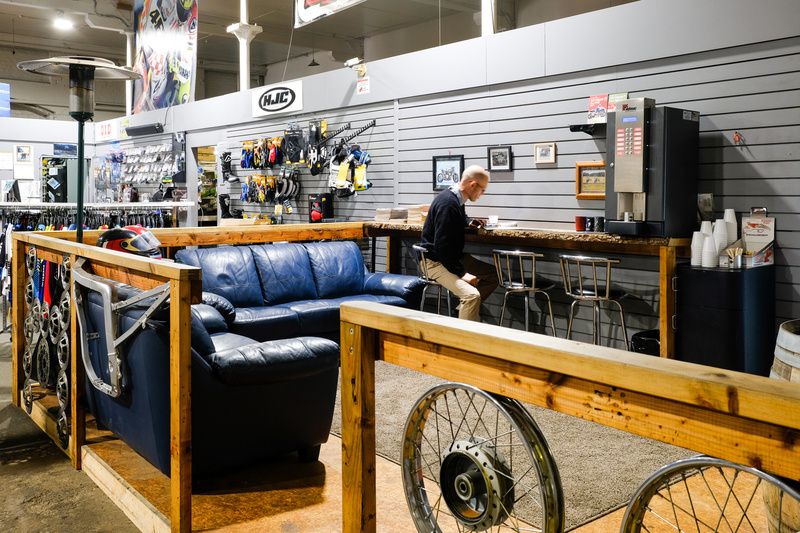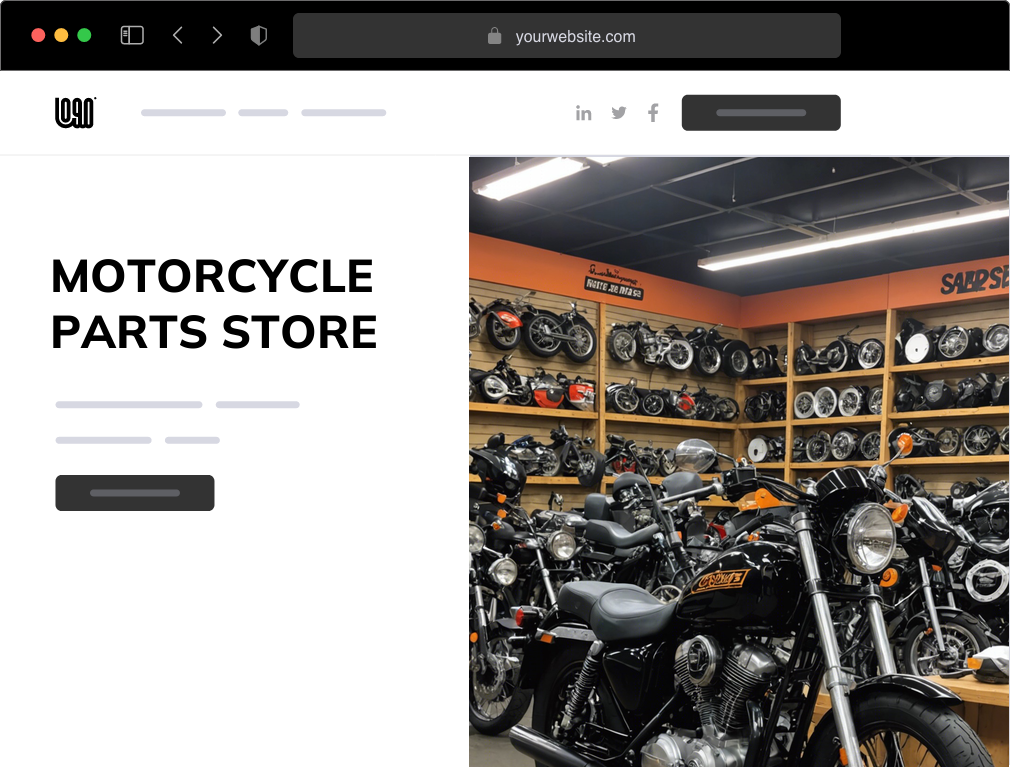Mastering Bike Gears: Just How to Enhance Your Riding Experience
In the world of motorcycling, mastering the art of equipment manipulation is critical for improving your riding performance. Appropriately using and understanding bike equipments can considerably impact control, gas, and acceleration performance, transforming an ordinary trip right into a seamless, exhilarating trip. By incorporating specific change timing and adapting gear choice to different roadway conditions, riders can make certain ideal engine efficiency and security. The nuances of clutch control, throttle control, and gear auto mechanics beckon a much deeper exploration, promising to open the full potential of your device. Just how can these techniques be taken advantage of to absolutely optimize your riding experience?
Understanding Equipment Mechanics
How do the complexities of gear mechanics affect bike efficiency? At the core of motorcycle dynamics, equipment mechanics play an essential role in transforming engine power into activity, ultimately dictating rate and control. Gears, carefully crafted parts, permit cyclists to maximize torque and rate, making certain a seamless shift via different surfaces and rates. The gear proportions, carefully designed, establish the connection in between engine transformations and wheel turns, impacting velocity and gas performance.
Comprehending gear mechanics starts with acknowledging the significance of the transmission, which houses several gears of differing dimensions. These gears connect with a process recognized as meshing, where teeth of various gears engage to send power. The precision of this interaction is crucial; any kind of misalignment or damage can bring about inefficient power transfer, preventing efficiency. Additionally, the arrangement and dimension of gears affect the bike's capability to handle different tons and rates.
Moreover, the idea of equipment shifting is important to making the most of efficiency. Prompt and smooth changes ensure that the engine operates within its optimal power band, stopping unneeded strain and improving long life (motocross gear). By understanding these mechanical intricacies, motorcyclists can achieve a harmonious blend of control, power, and efficiency, boosting their riding experience
Timing Your Shifts
Shift timing proficiency is vital for optimizing bike performance and boosting the riding experience. Properly timed changes ensure that the engine operates within its optimum power band, which is vital for maintaining control, attaining smooth acceleration, and making sure the longevity of the bike. Bikers must create an user-friendly sense of when to shift equipments, which involves comprehending the partnership between engine changes per minute (RPM) and rate.
To master shift timing, pay attention to the engine's audio and really feel, as these provide vital clues about when to alter equipments. When the engine approaches the upper variety of its power band without reaching the redline, the excellent shift point generally occurs - motorcycle parts nz. Shifting too early can result in a lack of power, while changing also late might trigger unnecessary engine pressure
Additionally, roadway problems and riding style impact change timing. In contrast, throughout freeway riding, fewer changes at greater speeds can be a lot more appropriate.
Enhancing Fuel Effectiveness
While dirt bike tool bag understanding motorbike equipments is essential for efficiency, enhancing fuel effectiveness is just as essential for both financial and ecological reasons. Optimum fuel consumption not only lowers operational costs however additionally minimizes the ecological impact of riding. To attain this, one should comprehend the detailed relationship between gear choice and engine performance.
Riding in a higher equipment at reduced rates can lead to engine hauling, which is destructive to both gas economic situation and engine wellness. Conversely, riding in reduced equipments at high rates results in unneeded gas intake.
In addition, normal upkeep plays a pivotal role in fuel performance. Ensuring that the motorcycle is well-tuned, with clean air filters and effectively blew up tires, can boost the rules of aerodynamics and minimize fuel wastage. Taking on a riding design that embraces gradual velocity and smooth slowdown can contribute to much better gas economic climate.

Methods for Smooth Transitions
Attaining smooth equipment transitions is basic to improving the riding experience and ensuring the long life of a motorcycle's transmission system. Correct gear changing not only adds to a seamless experience but additionally reduces damage on the mechanical components. To understand the art of smooth changes, bikers must concentrate on a couple of essential strategies.

Secondly, clutch control plays an essential duty. Involving and disengaging the clutch smoothly requires method. The clutch bar need to be launched gradually, enabling a smooth transfer of power from the engine to the site wheels without creating a shock or sudden movement.

Adapting to Road Conditions
Browsing varied roadway problems is an important ability for any type of motorcyclist aiming to preserve control and safety. Whether you're riding on wet surfaces, gravel roadways, or browsing sharp turns, your capability to helpful site adapt your gear use and riding strategy is extremely important. Recognizing exactly how to change your gears appropriately can dramatically influence traction and stability, ensuring a more secure trip.
In comparison, when riding on gravel or uneven surface, lower equipments are more suitable. Reduced gears provide far better control and enable you to respond even more swiftly to unanticipated modifications in the road surface area.
Sharp contours demand accurate equipment administration to balance rate and control. Downshifting before going into a contour can help preserve energy while making sure the motorbike remains stable throughout the turn. Regular method in varied problems improves your ability to react and anticipate to adjustments in road texture and slope.
Verdict
Grasping motorcycle gears considerably boosts the riding experience by enhancing gas, control, and acceleration performance. A complete understanding of equipment mechanics and specific shift timing makes sure the engine runs within its optimum power band, while smooth transitions through effective clutch and throttle sychronisation rise convenience and efficiency. Adjusting equipment selection to various road conditions, such as using higher gears on wet surfaces and lower gears on gravel, additional improves handling and security. Eventually, these abilities raise the general trip.
Comprehending gear auto mechanics begins with recognizing the significance of the transmission, which houses numerous equipments of differing sizes. These gears communicate through a process known as meshing, where teeth of various equipments involve to transfer power (mx gear nz). Mild changes to the throttle throughout equipment shifts can avoid jerky movements and maintain a regular riding rate
Whether you're riding on wet surfaces, crushed rock roadways, or browsing sharp turns, your ability to adapt your gear use and riding method is critical. Adapting gear option to different road conditions, such as utilizing higher equipments on damp surfaces and reduced gears on gravel, more improves handling and safety.